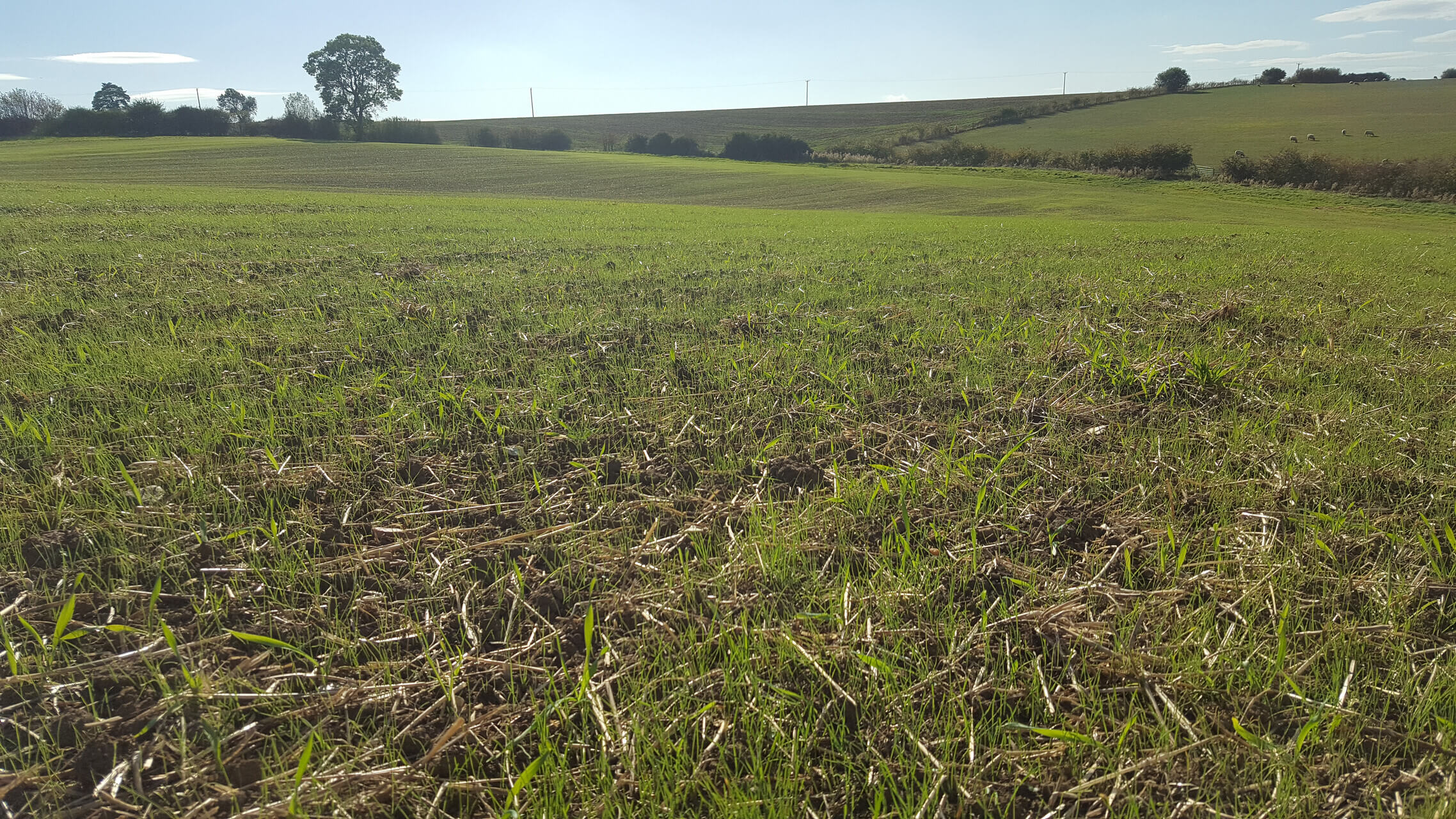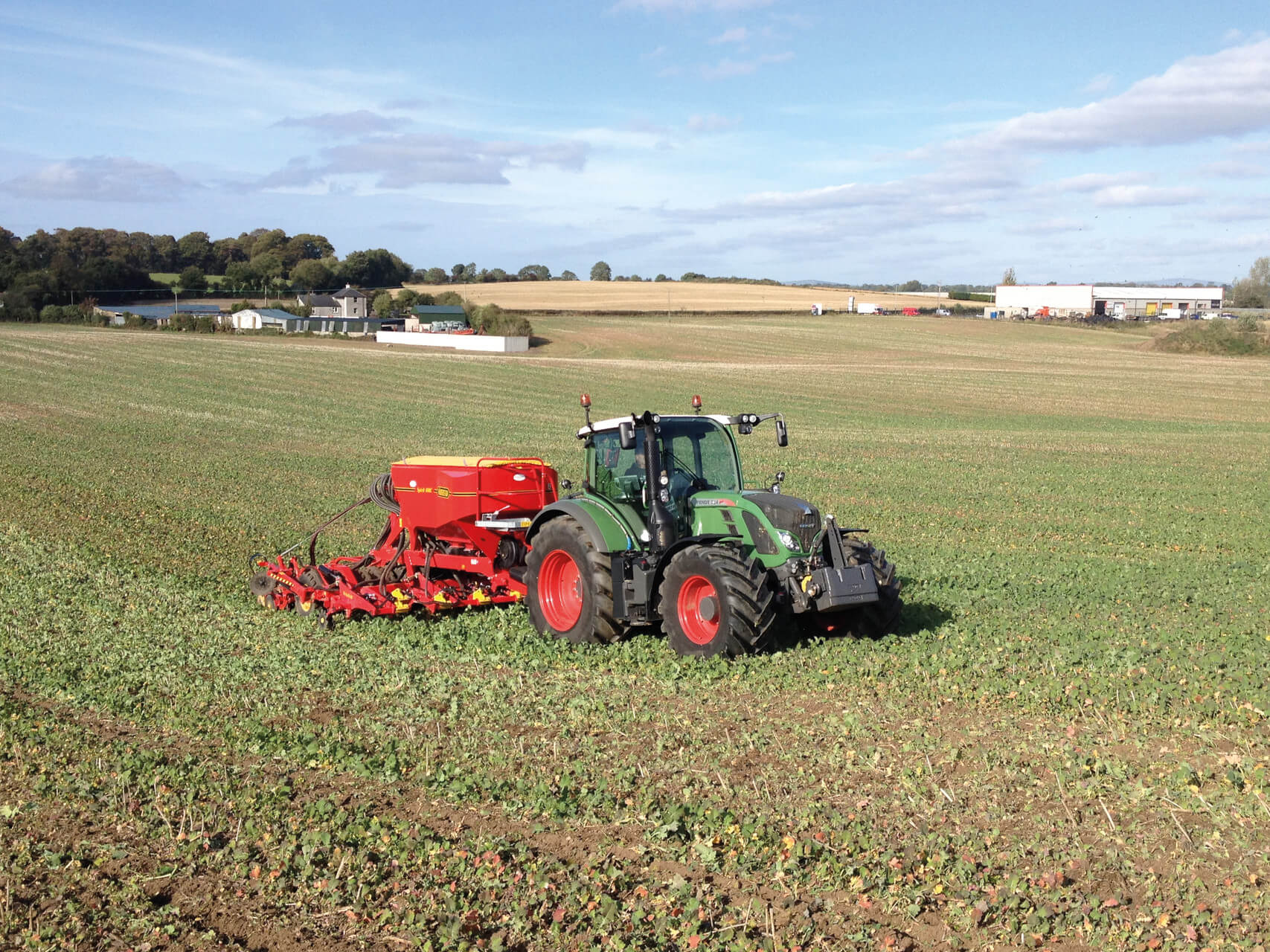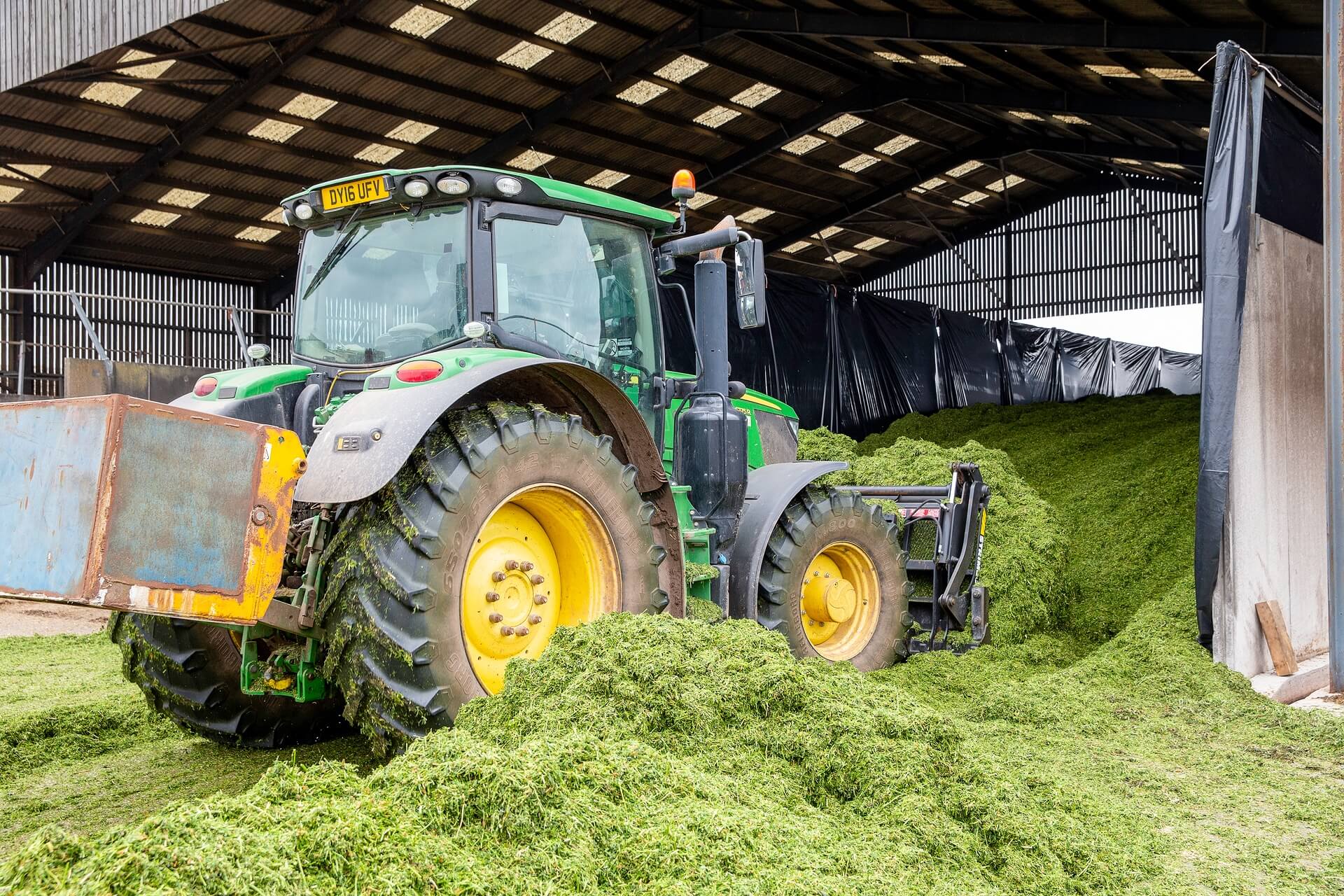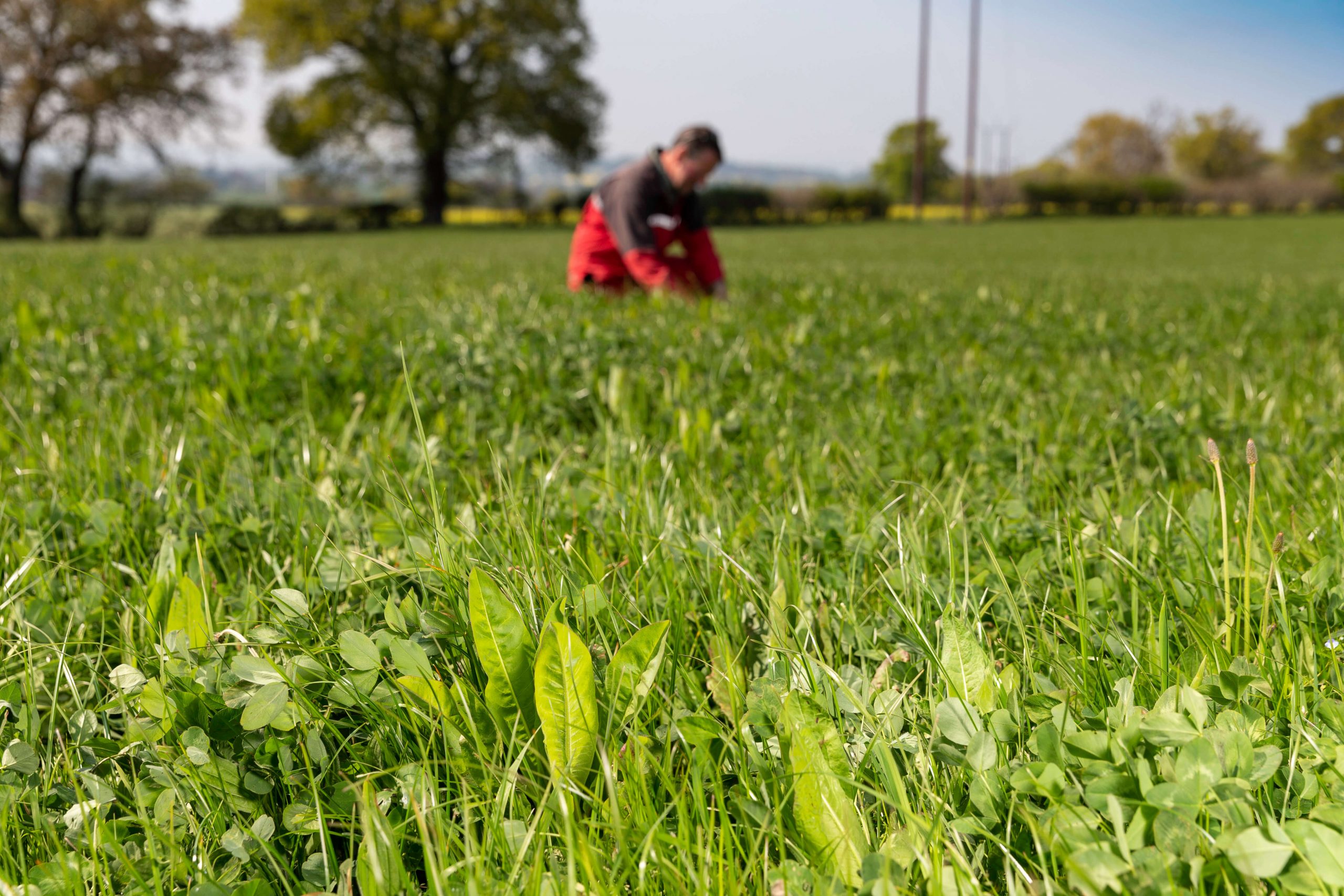Grass and forage expert Ben Wixey shares his advice for farmers unsure when to start reseeding grassland this autumn.
Dry weather impacting grassland
While the extreme heat and drought are a tale of two halves in this country – north and south – there is no denying it has been drier than usual for all farms.
There is a general lack of moisture in most soils. Our Germinal Horizon research farm in Wiltshire normally records 800 mm of rainfall per year, but so far this year we’ve only seen 120 mm.
If you’re concerned about your grassland going into the autumn, be reassured there are things you can do to help.
Focus on your priorities, review the ideas below and understand the risks and benefits of each. You can then make some short-term, informed changes in your grassland management to help you through to next spring.
1. Be ready to start reseeding
There’s still time to sow as planned if steady, prolonged rainfall arrives in the next month. But make sure you’re ready to take advantage of it if this does happen.
Have the seed in stock, the contractor ready, and consider spraying off ahead of time as old sward clean-up will be slower due to a lack of moisture in the roots. Establishment might be slower due to the later sowing date, but you’ll still have a new sward for your 2023 rotation.
2. Fill the forage gap with hybrid brassica
If forage supply is a big worry for you this winter, put a hybrid brassica like Redstart into the ground now. It can be sown until 10 September and will provide a forage crop around January.
It’s very cheap per head to produce compared to bought-in feed and will supplement your forage.
3. Sow a pit-boosting crop
Many silage pits are not as full as they normally would be at this time of year. Either third cuts haven’t happened, or farmers have buffer fed during the periods of poor grass growth.
One solution is to sow a short-term Italian ryegrass and berseem clover mix. They both grow quickly with the Italian ryegrass providing energy, while berseem clover provides protein.
Italian ryegrass can be sown from now until the end of September, and berseem clover from now until 10 September, so when enough rainfall does arrive, be ready to sow. It isn’t a long-term solution but can provide much-needed silage, ahead of a full reseed in spring.
4. Wait for the opportune moment
A perennial ryegrass and white clover seed mix can be sown until mid-September, and the warm soil temperatures will help it establish. However, if you were planning to sow a multi-species or red clover ley, once September arrives you might want to rethink it.
Both red clover and the herbs in multi-species seed mixtures need time to germinate and establish before going dormant over winter. By sowing in September, that window is shrinking, and there is a higher risk of winter kill from frost.
With research showing multi-species swards bring better production benefits in spring, you might reap greater rewards by waiting. Just work out the knock-on effect for your rotation come springtime and into the 2023 grazing season.
Ask a Germinal grass and forage expert
If you have any grass and forage concerns or questions, please ask one of our grass and forage experts for advice.




